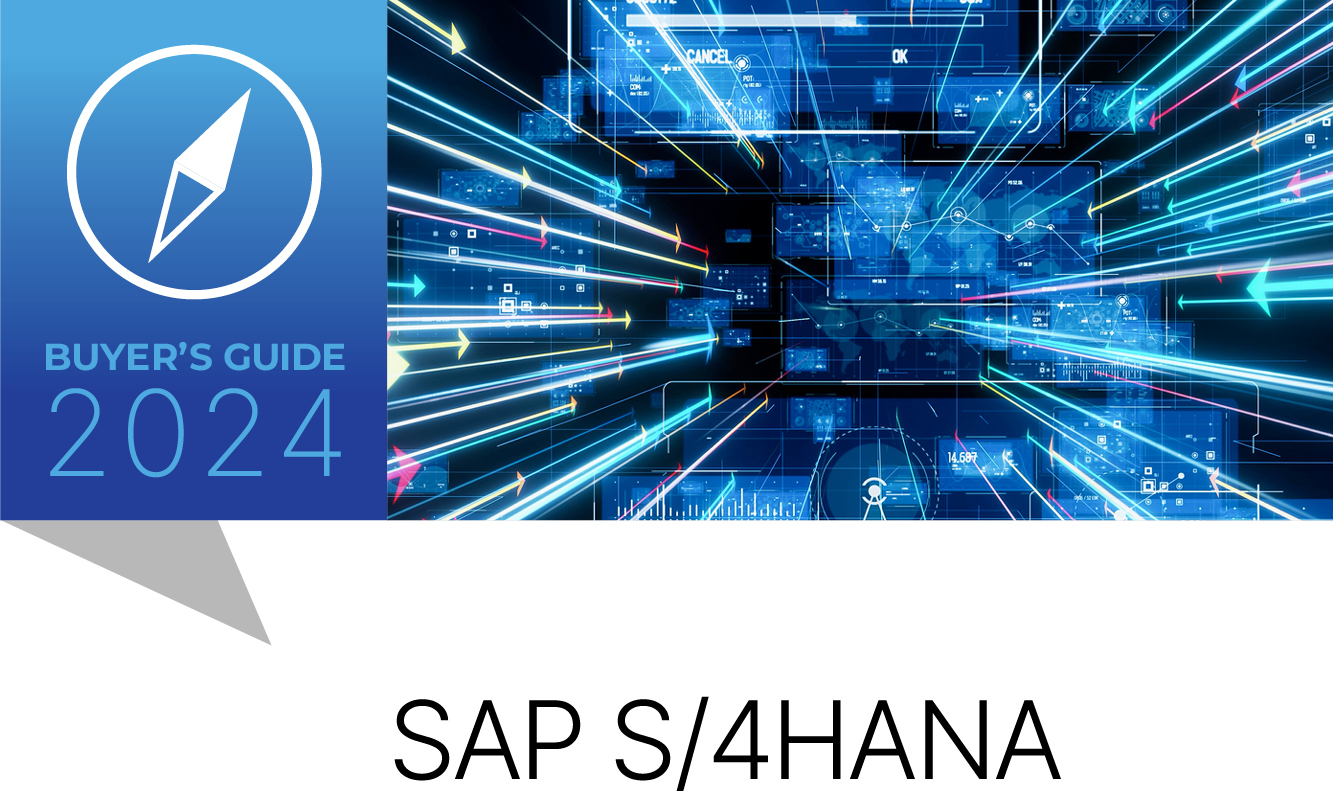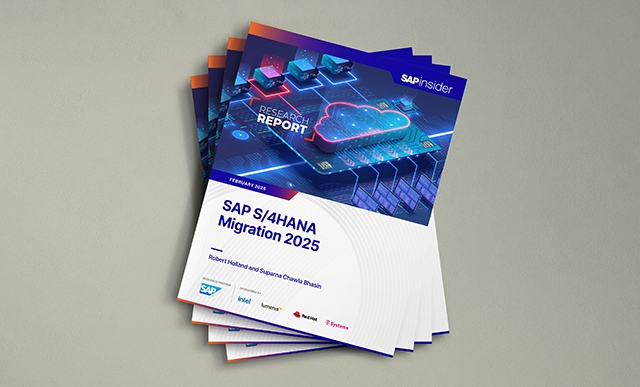Basis Technologies: Dual Maintenance in S/4HANA Brownfield Migration
Meet the Authors
Key Takeaways
S/4HANA Brownfield migrations are often thought of as a complex upgrade.
David Lees, CTO of Basis Technologies, spoke with SAPinsider to discuss what makes them so complex and how dual maintenance can overcome this.
According to Lees, there are some unique aspects to a Brownfield approach that differ from a Greenfield approach.
S/4HANA Brownfield migrations are often thought of as a complex upgrade. In this series of articles David Lees, CTO of Basis Technologies, spoke with SAPinsider to discuss what makes them so complex and how dual maintenance can overcome this.
According to Lees, there are some unique aspects to a Brownfield approach that differ from a Greenfield approach. He said: “One is around the historical data and to what extent does the customer need to clean that up or archive some of that before they embark upon the actual conversion itself.”
The other factor is linked to organizations that have had SAP for a while and have built varying degrees of custom code. Some organizations could have around 100,000 custom objects or more in their landscapes. Lees felt it was important to note that these custom code objects need to be assessed.
Explore related questions
The third consideration is dual maintenance. When Brownfield conversion is done effectively, a large amount of the starting system will be retained as the foundation for the ongoing system run on S/4HANA. Many of these Brownfield projects will run for years.
Once an existing ECC development system is copied and converted to S4/HANA, Lees stated that a lot of engineering work and changes to custom code are required and organizations must run through what SAP terms as the ‘simplification list.’ The list depicts needed changes to how the system runs.
From that point on the business continues to run in the ECC landscape with daily, weekly and monthly changes to projects and initiatives. This is where the term dual maintenance comes to play.
Lees explained: “It is anything that’s offered in that ECC development system after you’ve taken your copy and done your S4 conversion to that development system, all the way through until the end of the project for that particular landscape after you’ve done your engineering.”
Throughout the entire period every change that is being made in the ECC landscape has to be assessed for applicability and in most cases that change needs to be made in the S/4HANA landscape.
Lees continued: “The reason they all need to be dual maintained is because when you get to the point of cutover you’re cutting over from a production environment in which all of those changes have gone live. If you don’t dual maintain them effectively you’re going back in time 12 months or 15 months to the point at which you started your project.”






